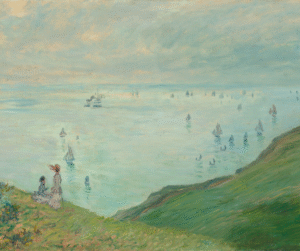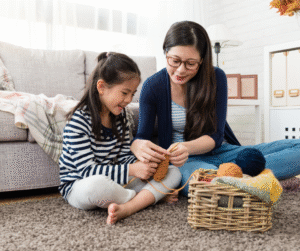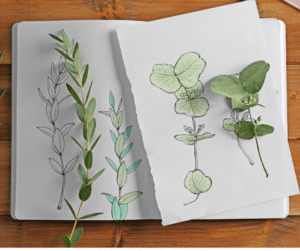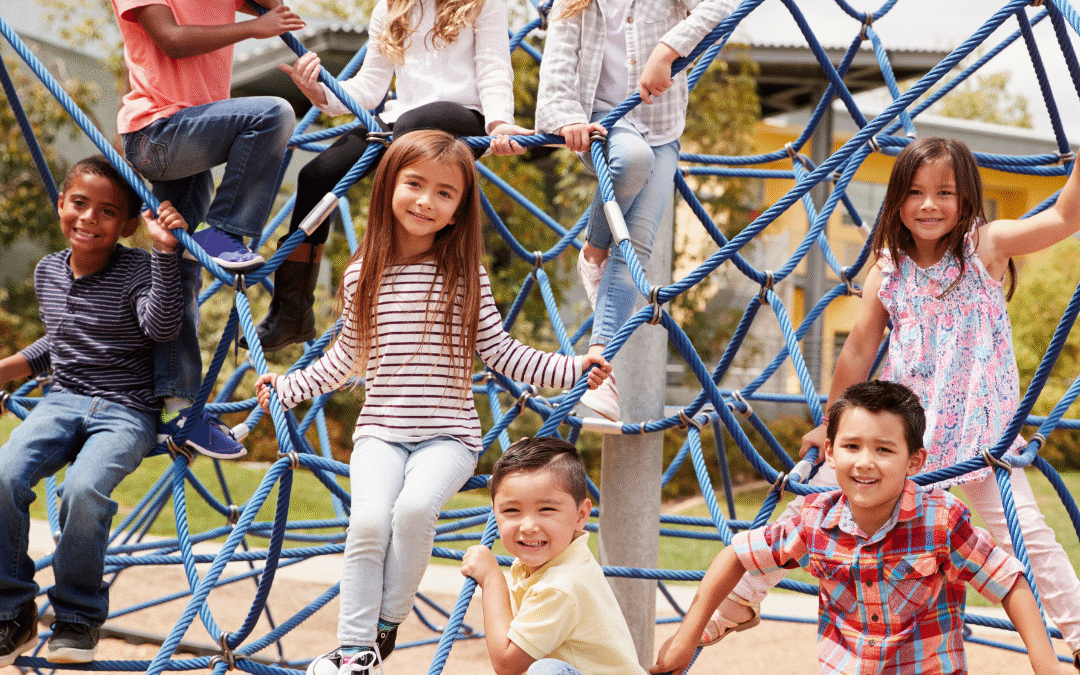Charlotte Mason was a teacher and later a teacher of governesses in the late 1800’s and early 1900’s. Back then, in England, your education would have been shaped dramatically by your parent’s social standing. She proposed an education that was more well rounded for every child. It was a unique idea for her time and place. She wrote several books about her theories that are still around today.
Living Books
One of the fundamental parts of the CM theory is that children need to read, and be read, quality literature. She did not believe in abridged versions of books, as they lack the richness of vocabulary. She also used the word “twaddle” to refer to poor quality books made for children at the time. She felt children should have high-quality, informative books that would engage their minds. These books could also be first hand accounts of history or science topics. Children could learn far more from quality literature than from text books, in her opinion.
I agree that high-quality books are a wonderful thing to base an education on. No matter what style of homeschooling you choose, it is ideal to have a home with quality books in it that your children can explore and read. I also think it is very important to read children books and that books can teach far more than just story telling. However, I don’t think “twaddle” is a concern for modern parents. We have access to far more high quality children’s books than were available in Charlotte’s day. So, if your child does best learning to read with silly stories there is nothing wrong with that. You can get an unlimited number of both easy to read fun books, and high quality books at your public library. Your child can read the silly antics of Dogman to increase their reading level while you read to them from higher level literature. I do not believe there is a reason to limit your child’s access to child appropriate books in the modern era.
Nature Study
Charlotte also felt nature study was the best way to learn science. She recommended taking your children outside to see the animals and plants of the countryside. She also recommended each child have a sketch book to draw what they saw, and write about it if they chose. I have to say, this can be a lovely way to spend an afternoon. If you and your children enjoy it, it makes sense to do it often. The challenge to this method of science education, is that you need several field guides in book or app format, and a knowledge of plants and animals you see to share with your child.
I believe this can be a great way to introduce biology to some kids. Just go outside and see what you see. Draw it if you can. This method doesn’t work so well for the child who hates to draw, or who can’t sit still for the birds and bees to appear to them. It also limits your science exploration. While this can be a great thing in your homeschool, I think it is ideal to introduce a wider variety of science topics over the years.
Fine Art
One of the things I loved about the Charlotte Mason style education, was her idea of showing children high quality artwork. She had some very specific ideas about showing them real art to discuss and contemplate. She believed that this would help children develop an appreciation of beauty and enhance their imaginations. She felt simple exposure where the child can just look at and appreciate a single piece of art each week held a lot of value. She felt it was also important to expose them to art from different time periods and artists.
Personally, I loved this idea. I loved introducing children to beautiful artwork as part of their education. Too often we act like art is hard to include in a modern education, but this method makes it easy. Just spend a few minutes each week looking at a single piece of art. You do not have to analyze it. You can just let the child tell you what they see, what they like or don’t like. That is enough. That will help them process the art in their own minds.
Handwork
One thing I love about the CM theory, is that she recommended that school work be limited to the morning, and that children have the afternoon to play and do handwork. Handwork is basically any kind of crafting where you make things with your hands. This could be knitting, sewing, crocheting, woodworking or weaving. It could also include jewelry making or other crafts. The purpose of handwork was both to strengthen the child’s hand eye coordination and to help their attention span increase while learning valuable skills.
There is nothing like a winter afternoon where everyone is cozy inside making things. No matter what style of education you choose, there are benefits to spending quiet time making things together. If your child has coordination issues, jumping into knitting or crochet may be too much, but most children can learn some form of weaving or string beads as a first handwork experience. While all of Miss Mason’s books will mention crafts available over 100 years ago, there is no reason you have to limit yourself to those. Modern activities like making paracord bracelets or rubber band looms serve the same purpose. Children learn a skill they can be proud of.
The Challenges
The CM method encourages a rich and interesting education that is child focused. It isn’t based on research, but on the observations of a British teacher and governess from a time long before our modern technology existed. This means that if you go to look for resources to teach with this style, you can end up in one of two major camps.
The first group, are purists who want to do the CM style the way it was originally done. They may read the original writings and base their book choices on what Charlotte Mason herself chose to use a hundred years ago. While Charlotte’s original writings have some gems of wisdom, I am not a fan of ignoring all the books, art and more we have available now that she did not.
The second group, are those who are trying to bring the CM style into the modern age. These programs all have their pros and cons, but generally respect the style of education Miss Mason was advocating for while using more modern books and resources. They usually do not include math, but include the liberal arts education and style that the CM style advocates. There are several options out there in this category. I have tried a few of the shorter units made by Build Your Library. I found I had to adapt them for my children’s learning challenges, but the ones we tried were well written.
Taking What Works
I love the idea of having a rich and interesting education for all children. Different aspects of Charlotte Mason’s ideas snuck into the Five Senses approach. The Yellow levels all have fine art books paired with them to make picture studies easy to do. We choose high quality books for all of our programs, because those lead to deeper learning. Every program has crafts and ideas for handwork that are age appropriate.
You can pick and choose from the ideas of Miss Mason without committing to her entire method. Add a bit of fine art to your home; I really like old fashioned paper calendars of art work. They add interest without stress. Plan to add some classic literature to your school year. Weave with little looms this winter. Grab a sketch book and a blanket and just go lay in the yard and let your children doodle. My favorite part of these ideas, is that they can enrich your homeschool even if you don’t do them consistently. Do them when you feel like it. That is still enriching to your child’s education.







0 Comments